Los Angeles's Intronaut is currently touring in support of their latest release, The Direction of Last Things (2015). Tucson, Arizona’s North and Housten's Scale the Summit are their touring mates. The three groups played to a packed crowd at Lee’s Palace in Toronto on Friday, April 1st.
North is a relatively new band on Prosthetic Records. They play a brand of slow, sludgy metal not unlike Thou or early Isis. While the trio were happy to perform, they still have some work ahead of them. Their songs were mediocre at best – indeed, North needs to find a sound that is distinctly their own and we can only hope they continue to progress in their musical ventures.
On the other hand, Scale the Summit has developed an unmistakable sound. Their brand of progressive metal invokes Rush and The Fucking Champs, among others. The guitarists have no pretentions about finger tapping their fret boards. This technique is often used to make a segment of a song sound more complex; Scale the Summit employs it nearly as much picking and strumming. The result is a complex interweaving of dueling guitars, bass grooves, and frenzied drumming. The band played a number of tunes from their 2015 album V.
The authors now part ways on the subject of Intronaut. When the band signed to Goodfellow Records in the mid-2000s, I (Troy) was excited by their brand of metal. Their first two records are two of my favorite releases from that label.
Garnering some success after these albums, signing to Century Media, and touring with Cynic and Tool, Intronaut then took a musical turn. They lost the heavy metal in favor of progressive metal, complete with clean sung vocals. For me, their last few albums are a mess – they never did quite figure out how to sound like Cynic.
Steven disagrees.
While I (Steve) appreciate Intronaut’s early releases, they do cause quite the divide amongst fans. I first discovered Intronaut as the opening band for Tool in 2012. Little did I know I would discover my next big prog fix. So for me, Intronaut is and always has been a progressive band rather than a heavy one.
Intronaut’s change in sound occurred in 2010 with the release of their third LP, Valley of Smoke. Tool bassist Justin Chancellor appears on the self-titled track, offering his signature bass tone without compromising the rest of the band’s sound.
Intronaut’s latest release is their most coherent album sonically and tonally to date. There is an obvious influence of bands like the aforementioned Rush, Cynic, and Tool, as well as prog giants Dream Theater and Yes.
What separates Intronaut from the rest of their predecessors is that they don’t try to sound like them. When Troy suggests that Intronaut fails to sound like Cynic, I see that as a positive.
Last Things is a union of complex polyrhythms, progressive rock, heavy metal, and jazz fusion flavours. A polyrhythm is when two or more rhythms are occurring in a piece of music simultaneously that don’t follow the same rhythm or melody, i.e., one instrument plays in 4/4 time, while another plays in 7/8. This is a big element of Intronaut’s sound, especially on this release. Often times the bass and drums will be locked into the same rhythm, while each guitar will play its own pattern and seem to wander aimlessly, until the entire band comes back to the core riff.
The album begins on a heavy note. The opening track and first single, “Fast Worms,” begins with a slow dissonance, which quickly turns into a fast metal riff, evoking what sounds closer to the band’s heavy metal beginnings. The vocals are a mix of yells and clean sounds, with guitarist/vocalist Sasha Dunable leading. While the other guitarist/vocalist Dave Timnick typically leads vocals-wise, hearing Sasha take the reins is a welcomed change.
As “Fast Worms” plays out, there is a noticeable shift into a speedy progressive riff. After a couple minutes of back and forth between the heavy and progressive riffs, there is a brief pause.
Here is where an older fan like Troy will likely be dissatisfied: the guitar tones switch to a clean reverb, while fretless bassist Joe Lester and drummer Danny Walker play some jazz fusion rhythm games, until ultimately they begin leading the remainder of the section. Bass fans will want to take note: Joe Lester whips out a meaty fretless solo that is a must hear (on the down side, when Intronaut played this song live, Joe Lester improvised most of solo which didn’t have quite the impact of his original). The song returns to the chorus one last time before concluding.
Other heavy hitters from Last Things include “Digital Gerrymandering,” (which lyrically is the strongest track: the song discusses our generation’s reliance and “need” for social media and digital technology consumption), “The Pleasant Surprise,” and “Sul Ponticello.”
For those looking for Intronaut’s more experimental sound, the tracks “The Unlikely Event of A Water Landing,” “The Direction of Last Things,” and “City Hymnal” will satiate your desires. These songs play around with time signatures, slower tempos, and polyrhythms more so than the aforementioned heavy hitters.
Hopefully drummer Danny Walker makes it across the border for the remainder of their Canadian dates. At their April 1st show, Intronaut had to make due with a drum track in Walker’s absence. It certainly detracted from their performance.


.png)


.jpg)


.jpeg)



.jpg)

.jpg)

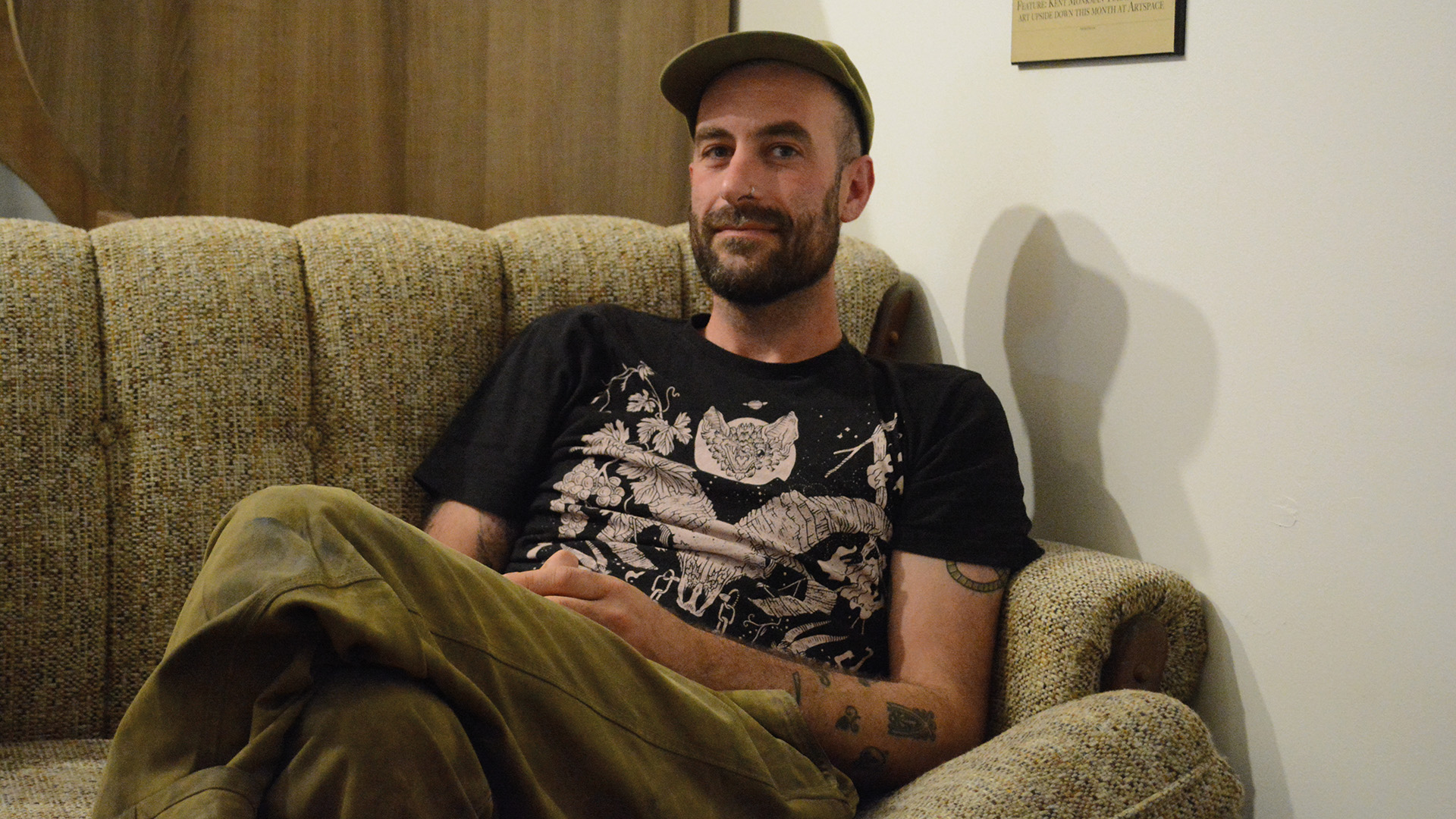

.jpg)
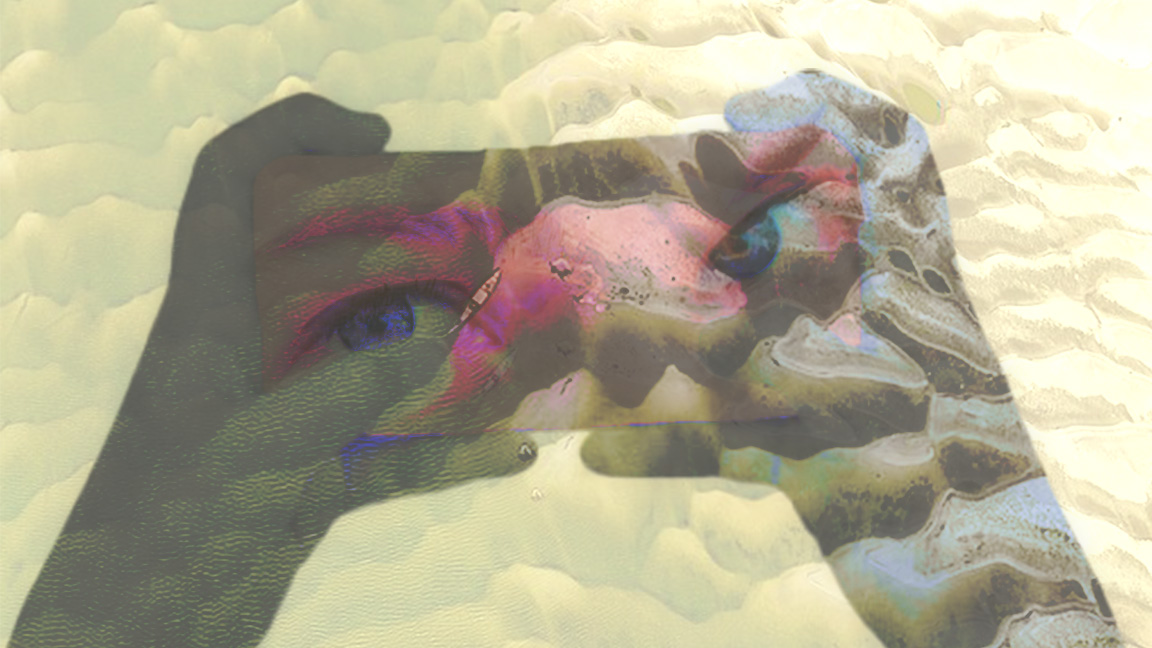
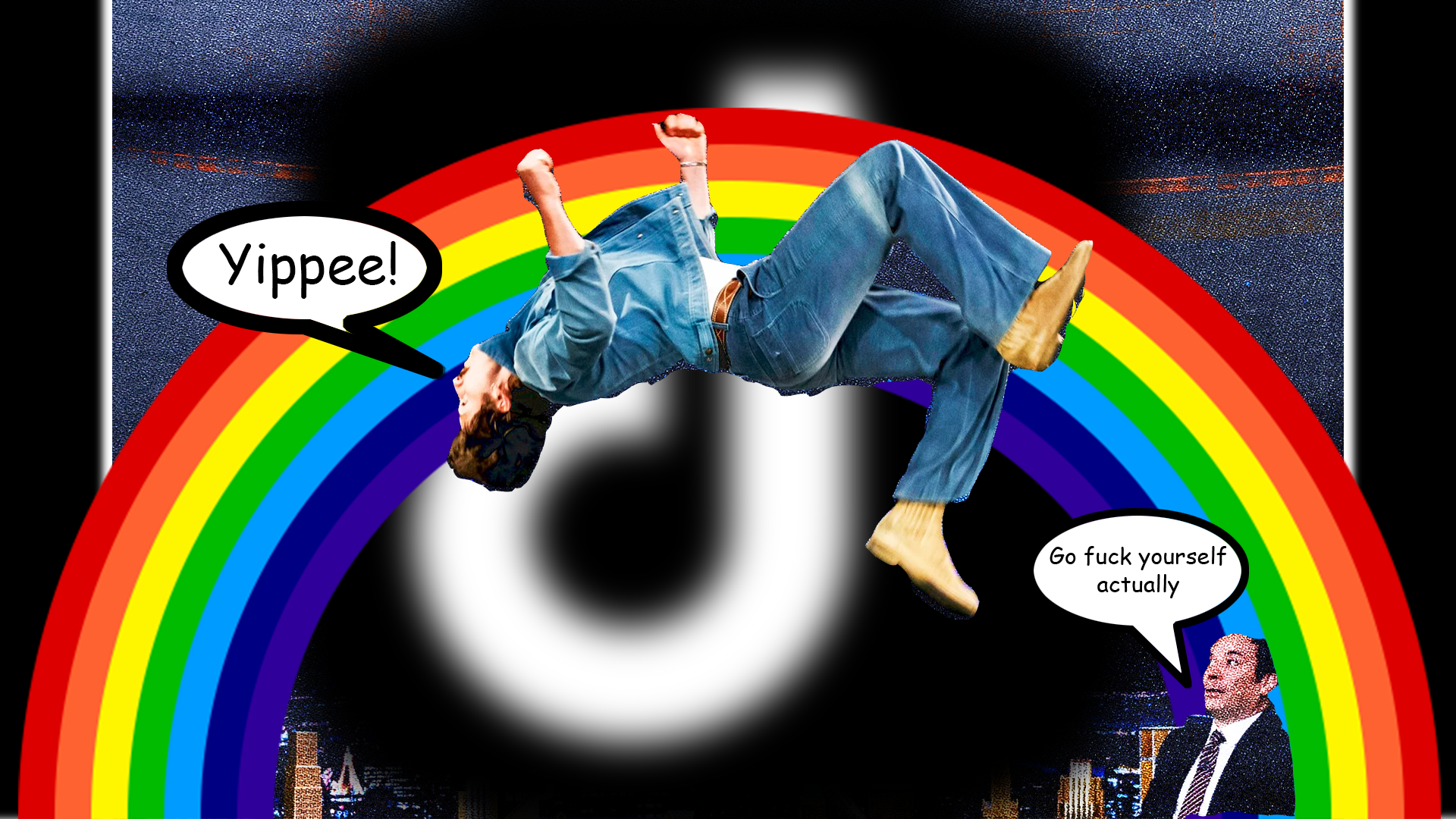
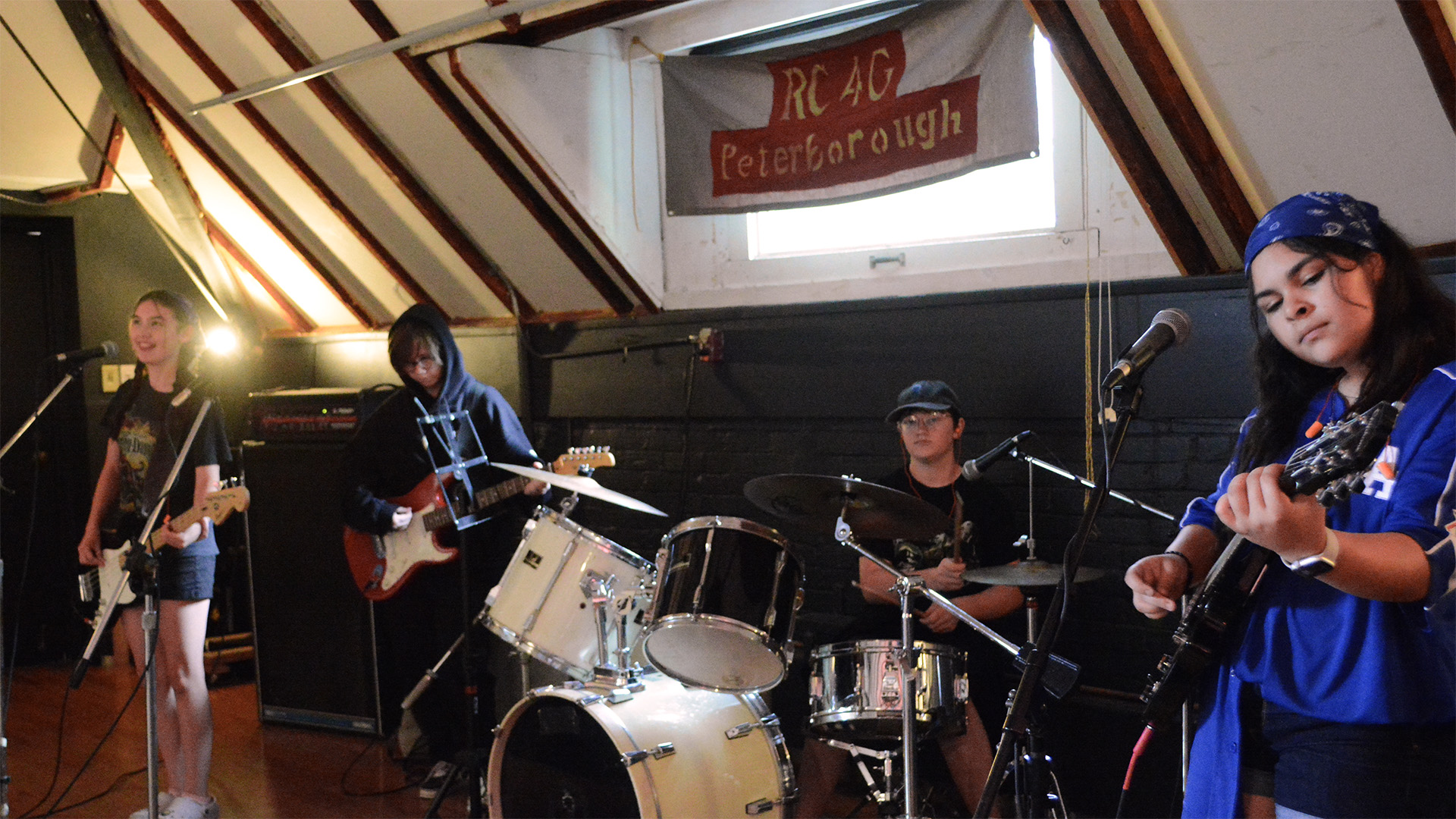
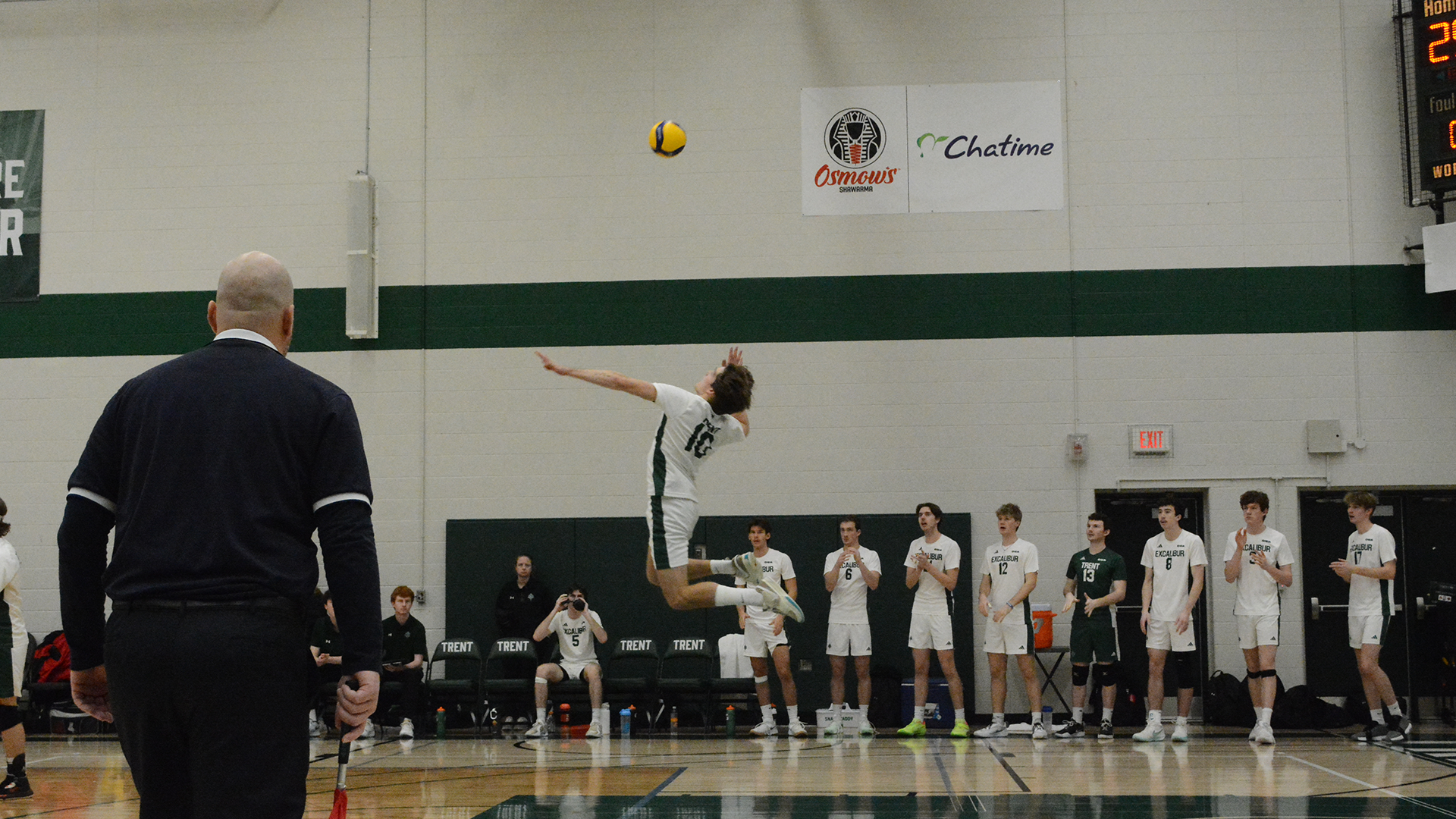
.jpg)


.png)